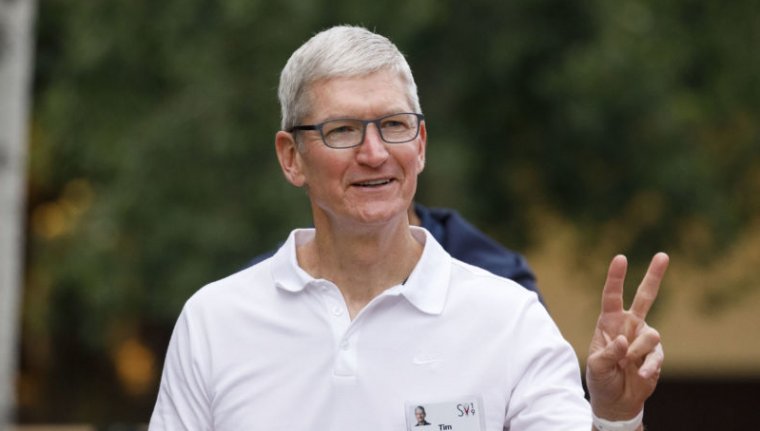 2192
2192
 2019-07-31
2019-07-31

Today, Apple reported its Q3 2019 earnings to investors. Overall revenue is up 1% over the same quarter last year, reaching $53.8 billion. Apple CEO Tim Cook framed the report to investors as "a blowout quarter" for wearables, citing strong demand for the Apple Watch and AirPods as well as growth in services as counterbalances to a slight dip in iPhone sales.
iPhone revenue declined year-over-year (YOY) from $26.5 billion to $26 billion, and iPhones now make up less than half of Apple's revenue. Cook attempted to smooth over reactions to the drop, saying, "While this is down 12% from last year’s June quarter, it is a significant improvement to the 17% year-over-year decline in Q2." That previous-quarter decline sparked a plethora of hot takes from press and investors surmising the demise of Apple, despite the fact that the iPhone business alone would still be a Fortune 50 company on its own, even accounting for the decline.
Net sales for the iPad were just over $5 billion, and the Mac saw $5.82 billion on strong sales of the recently revised MacBook Air and MacBook Pro. Wearables reached $5.52 billion, while services hit $11.45 billion. Services grew 13% YOY, remaining Apple's biggest positive business story for yet another quarter. Apple claimed 420 million paid subscribers across its various services, indicated that services grew in all the regions the company tracks, and reiterated that it is on track to hit its goal to double services revenue by 2020.
While Apple Music and iCloud were not discussed at length during the call with investors, Apple executives boasted of a 50% increase in monthly users of the Apple TV app YOY. They also confirmed that Apple Pay now completes just shy of one billion transactions per month—twice as many as a year ago. In August, the company will introduce the Apple Card, which is likely to boost Apple Pay usage even more.
Apple more or less suggested to investors that this was a strong quarter because the numbers undermine pundits' claims that Apple will not be able to make up for slowing iPhone sales with wearables and services. The problem, though, is that the medium-term health of the wearables and services businesses is tied to the success of the iPhone.
To undercut that argument, Cook said the active install base for Apple devices is higher than it has ever been this quarter. When asked how the company explains that amidst slowing sales of the flagship hardware product, Cook alluded both to customer loyalty (that is, relatively few users switching to competing platforms) and users in the aftermarket—consumers who bought iPhones second-hand from someone other than Apple. Cook said the company seeks to encourage the aftermarket, because it helps Apple bring its services to customers it might not reach with its pricey first-run products.
Apple stock was up 4% in after-hours trading following the call. While this quarter saw a continuation of the narrative from the prior quarter—iPhone dips versus services and wearables growth—expect much more interesting news next quarter. It will be the first to include revenue from the new iPhone models set to be unveiled later this year, as well as the launch of two new services: Apple TV+ and Apple Arcade.
Source: arstechnica